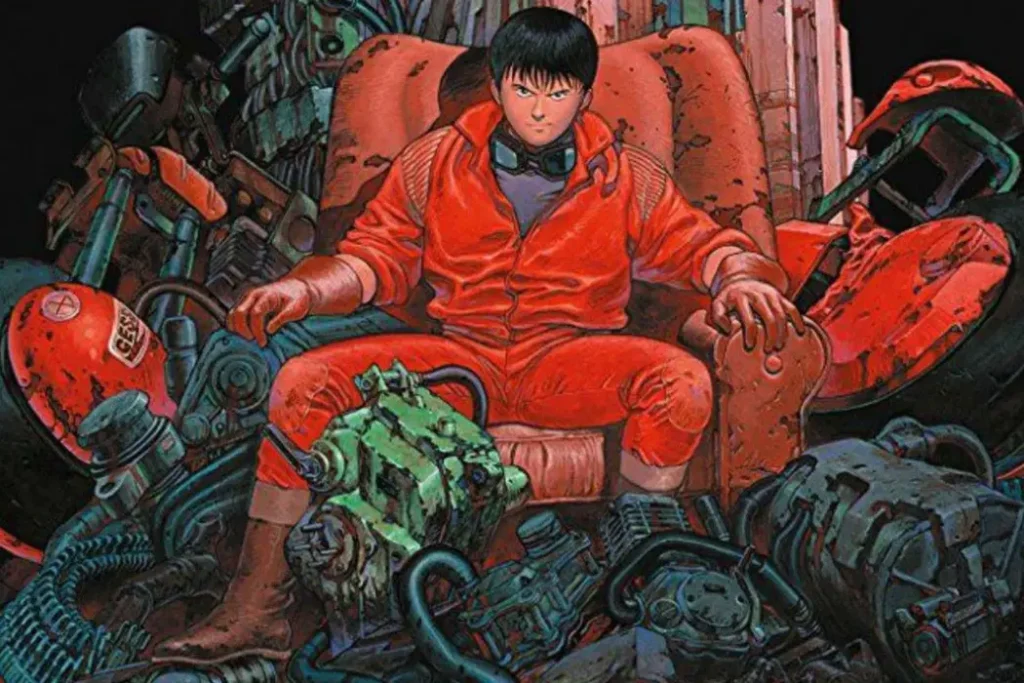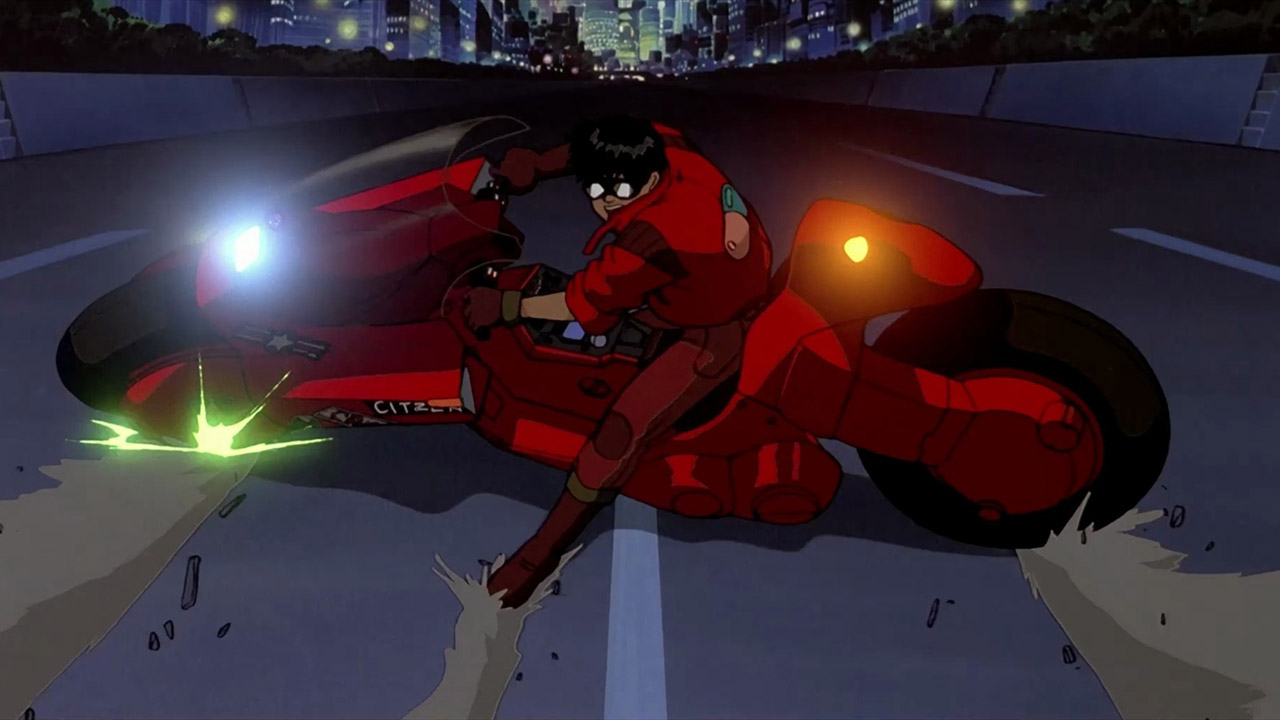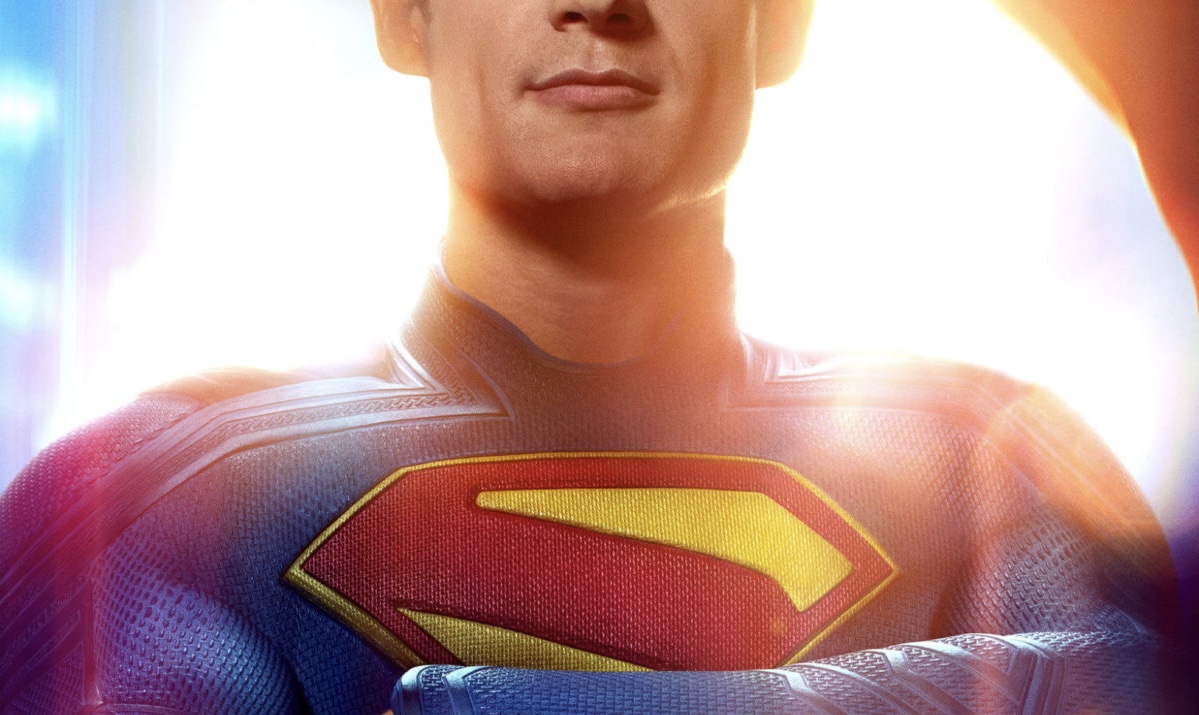Released in 1988, Akira is a landmark in the history of Japanese animation and science fiction cinema. Directed by Katsuhiro Otomo, who also wrote and illustrated the original manga, Akira broke new ground with its stunning animation, complex narrative, and groundbreaking visuals. Over three decades later, the film continues to captivate audiences worldwide and remains a touchstone for filmmakers and artists alike. In this article, we explore the enduring impact of Akira on cinema and its lasting legacy in the realm of animation and science fiction.

Set in a dystopian future Tokyo, Akira explores themes of government corruption, social upheaval, and the consequences of unchecked power. Drawing inspiration from the cyberpunk genre, the film presents a bleak yet mesmerizing vision of a society on the brink of collapse. With its towering skyscrapers, neon-lit streets, and advanced technology, Akira established a visual aesthetic that would influence countless works of science fiction in the years to come.
Moreover, Akira delves into the concept of post-human evolution, as characters grapple with psychic abilities and existential questions about the nature of existence. This exploration of transhumanism and the fusion of man and machine would become hallmarks of the cyberpunk genre, inspiring works like “Ghost in the Shell” and “The Matrix.”
One of the most striking aspects of Akira is its groundbreaking animation, which pushed the boundaries of traditional hand-drawn animation techniques. Utilizing over 160,000 hand-painted cels and featuring intricate backgrounds and fluid motion, Akira set a new standard for animation quality and detail. The film’s dynamic action sequences, including the iconic motorcycle chase through Neo-Tokyo, are a testament to the skill and craftsmanship of the animators.

Additionally, Akira was one of the first anime films to incorporate computer-generated imagery (CGI), blending traditional animation with cutting-edge technology. This fusion of techniques resulted in visually stunning sequences that remain awe-inspiring to this day. The film’s innovative approach to animation paved the way for future advancements in the medium and inspired a new generation of animators and filmmakers.
Since its release, Akira has garnered widespread acclaim from audiences and critics alike, earning praise for its bold storytelling, striking visuals, and thought-provoking themes. The film’s success helped popularize Japanese animation (anime) on a global scale, introducing audiences around the world to the rich and diverse world of Japanese cinema.
Moreover, Akira inspired a wave of international filmmakers and artists who were drawn to its innovative approach to storytelling and animation. Directors like James Cameron, Christopher Nolan, and the Wachowskis have cited Akira as a major influence on their work, with its impact evident in films like “The Terminator,” “Inception,” and “The Matrix.”

In addition to its influence on cinema, Akira has left an indelible mark on popular culture, with references and homages appearing in music, fashion, and video games. The film’s iconic imagery, including the red pill capsule and the iconic red motorcycle, have become emblematic of the cyberpunk genre and remain instantly recognizable to fans around the world.
Three decades after its release, Akira continues to resonate with audiences and remains as relevant as ever. Its themes of political corruption, societal unrest, and the human cost of technological advancement remain pertinent in today’s world, offering a cautionary tale about the dangers of unchecked power and hubris.
Moreover, Akira has inspired a new generation of filmmakers and artists who continue to push the boundaries of animation and storytelling. Its influence can be seen in the works of visionary directors like Mamoru Hosoda, Satoshi Kon, and Hayao Miyazaki, who have carried on the tradition of bold and innovative filmmaking established by Akira.

Akira stands as a cinematic masterpiece that has left an indelible mark on the world of animation and science fiction cinema. Its revolutionary animation techniques, groundbreaking storytelling, and enduring themes have solidified its place in cinematic history and inspired generations of filmmakers and artists.
As we look to the future, Akira serves as a reminder of the power of cinema to provoke thought, inspire imagination, and transcend cultural boundaries. Its influence can be felt in the countless works of animation, science fiction, and cyberpunk that have followed in its wake, ensuring that its legacy will continue to endure for generations to come.




